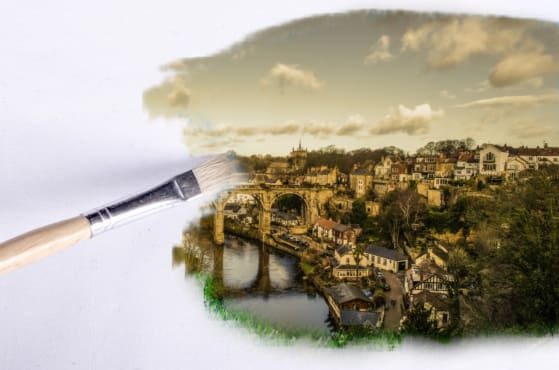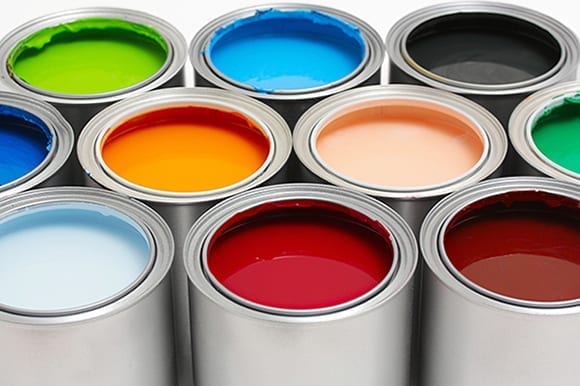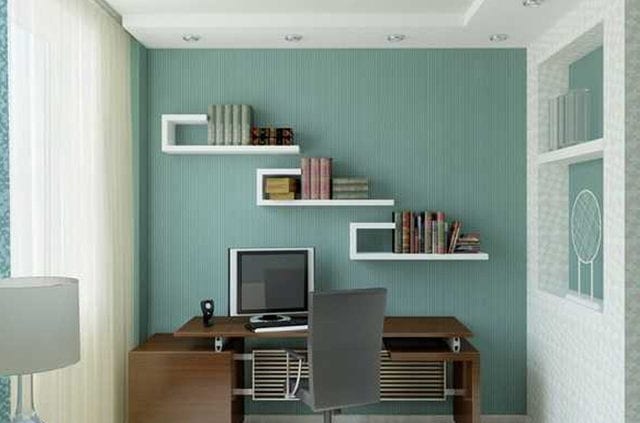5 Resources to Become a Better House Painter
5 Resources to Become a Better House Painter
Learning how to paint a house takes time and technique. We’ve been at it for over thirty years, so we’ve honed our craft. However, if you are trying to improve your house painting skills for weekend projects or to paint a small portion of your house, you may lose yourself trying to find all the right answers to get the job done perfectly. There are resources out there that can make the painting process simpler for you. We have listed five go-to resources you should take advantage of for your next house painting project.
Color House Paint has two valuable resources that help you become a better painter. The first tool lets you decide how much paint you need based on the size of the room. You simply fill in some measurements and it’ll calculate how much paint you need. The second tool will help you choose a color. This service does cost $50, and if you are okay with that, it is like having a distant professional do a consultation for you without visiting. You simply send in pictures of the room and other material and they help suggest what colors might work well in that room. This website is a great resource to help you become a better house painter.
We love the DIY Network because they have informative articles and videos about various painting tips and tricks to help you learn to paint better. From painting techniques to finishes, they have informative articles and instructive videos that are easy to understand and follow. Take a look around and see if you can’t take your house painting project and do it yourself.
You cannot go wrong with the television show that has been a staple of the do-it-yourself crowd for years. Their website is just as enriching as the show itself. With sections dedicated to specific projects, including painting, you can learn so much about caring for or restoring portions of your house. If you need to repaint a brick fireplace, for example, you can learn more about that on their site. If you want to become a better house painter, this is the source to show you how.
Your Local Paint Store
Don’t overlook your local paint store as a great resource for improving your painting. Your local paint store has trained professionals who work in the industry. Not only can they talk to you about your project, they can also show you the tools needed to get it done right as. Nothing, after all, can replace talking to a human being about something as intricate as painting.
If you are wondering what Buzzfeed is, so did we when our children told us about it. Buzzfeed is a very popular website with articles on many topics containing a more visual style. Their articles have more images than words, which makes them easy to browse through and read. It is popular among youth, but the information is very informative, to the point, and engaging. They have paint hacks that can help you become a better painter as well. That is why we love it. It provides a fresh perspective from a creative generation that has much value to offer.
Whether it’s a tool to figure out how much paint you need, a great and established TV show, or a new-aged website, there is no shortage of resources to make you a better house painter. If you need more resources or just want to ask some questions, contact us today!









